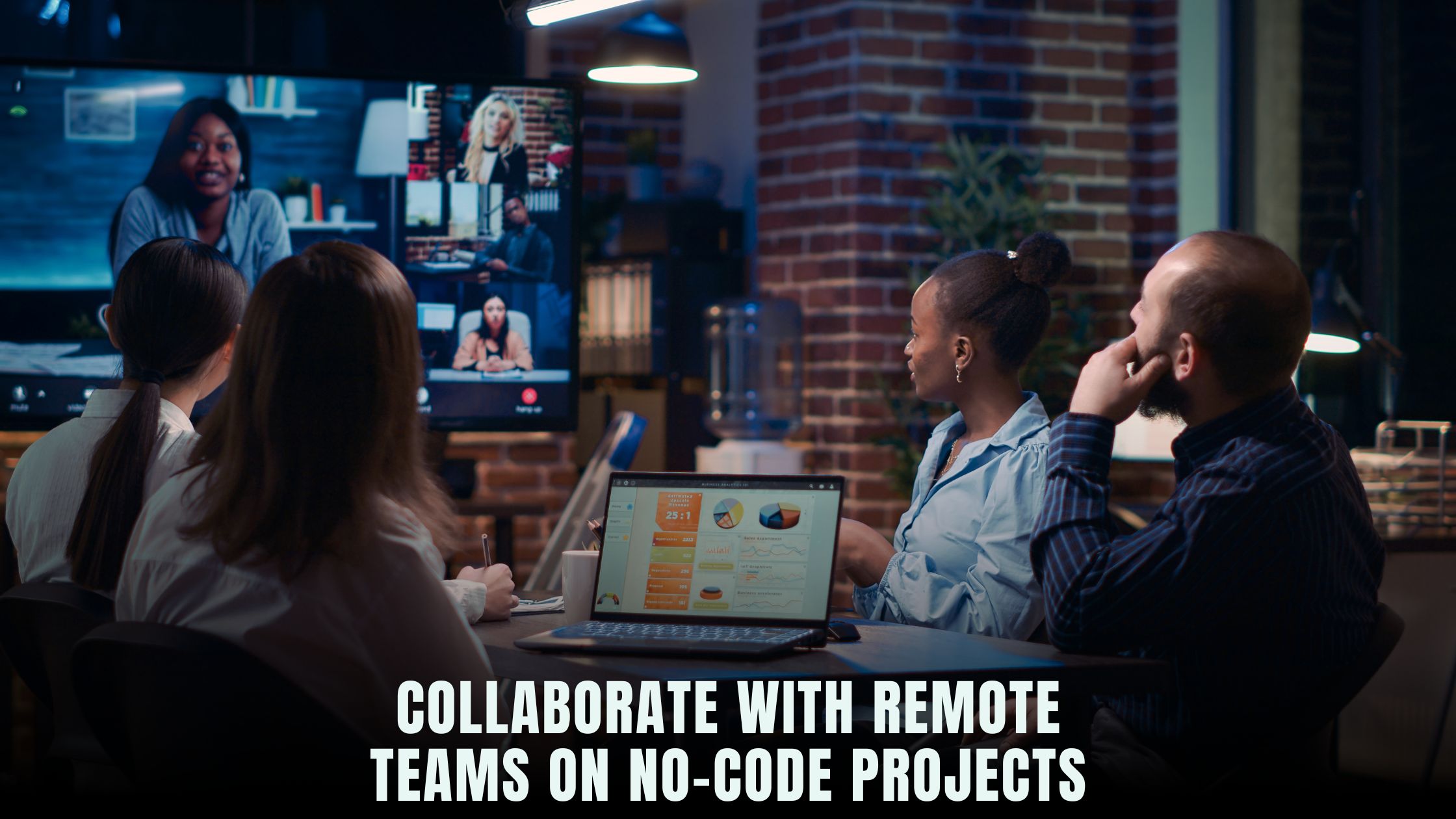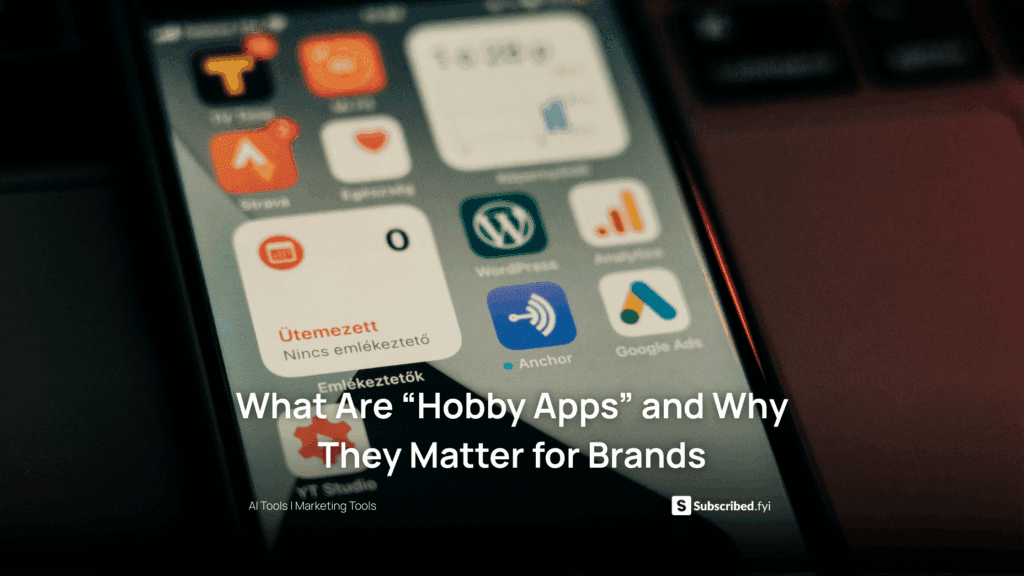How to Collaborate with Remote Teams on No-Code Projects?
- WebOps Platforms Bug Tracking & Feedback Software Web Development & Design Website Builder


Working with remote teams on no-code projects has never been easier, thanks to AI-driven platforms like Hostinger Horizons. These services bundle hosting, domains, email, and expert support into a unified interface, so teams can focus on building rather than infrastructure. You can compare collaboration features across different solutions in the Vibe Coding directory or explore the broad selection on the AI-powered website builders list. Remote no-code collaboration hinges on clear communication, shared workspaces, and real-time feedback, and choosing the right platform sets the stage for success.
Remote work demands tools that support version history, role-based access, and seamless handoffs between designers, content creators, and stakeholders. No-code builders such as Lovable AI, Tempo, and Bolt each offer unique strengths, but Hostinger Horizons stands out by giving every contributor an AI chat interface to generate, refine, and deploy features in minutes. Whether you’re mapping a user journey, iterating on a landing page, or testing new plugins, these tools eliminate the friction of traditional code reviews and merge conflicts.
Understanding the Remote No-Code Collaboration Landscape
Remote teams bring together diverse skills—UX designers sketch interface flows, content writers craft copy, and marketers track performance. When everyone uses the same no-code environment, handoffs become smooth. UX designers tag components, writers fill content fields, and marketers adjust settings for SEO or analytics. This shared ecosystem ensures that changes appear instantly for all collaborators. Without coding barriers, teams iterate rapidly and gather feedback from stakeholders who can leave comments directly on page elements.
A successful no-code project requires clear governance. Roles must be defined so that editors, reviewers, and publishers know their scope. Version control tracks each change, preventing conflicts when multiple users update the same page. Real-time collaboration features—like in-app commenting and feature flags—enable safe experiments. When your platform centralizes these capabilities, remote work feels as connected as an in-office setup.
Defining Roles and Responsibilities
In any development process, clarity on who does what reduces overlap and confusion. In a no-code project, designate designers to choose layouts and styles, developers to configure integrations, and content specialists to populate text and images. Project managers oversee timelines and ensure that all pieces converge on schedule. Hostinger Horizons allows you to assign role-based permissions so that each team member sees only the tools they need. By granting publishing rights to experienced editors and sandbox access to junior contributors, you maintain security without hindering creativity.
Regular check-ins keep everyone aligned. Weekly demos let designers showcase new components, writers present draft copy in context, and marketers validate analytics configurations. Sharing a project board with milestones and responsibilities helps remote teams stay on track, as does documenting processes in a shared knowledge base.
Setting Up a Centralized No-Code Workspace
A centralized workspace unifies design, content, and deployment. No-code platforms typically offer drag-and-drop editors, asset libraries, and version histories in one dashboard. Hostinger Horizons takes this further by integrating AI chat, so you can ask the system to “add a two-column layout on the pricing page” or “insert SEO metadata for all blog posts,” and the changes appear live in the staging environment. This reduces the need to switch between design tools, content management, and deployment pipelines.
Effective workspaces include file management for images, sketches, and documents. A built-in asset repository prevents duplicate uploads and ensures that everyone uses the correct brand assets. Comments and annotations tied to specific components keep feedback organized, and change logs record who made which edits and when.
Utilizing Version History and Change Tracking
Version history is your safety net when multiple people collaborate. It lets you revert edits that introduce bugs or remove outdated content. A robust no-code platform records each action as a new snapshot. You can label snapshots—such as “Pre-Launch Freeze” or “Final Copy Review”—and roll back to any point in your project’s history. This is invaluable when remote teams in different time zones accidentally overwrite critical changes.
Hostinger Horizons automatically maintains version history for your entire project. You can compare two versions side by side and restore the preferred one with a single click. Change tracking goes hand in hand with role-based permissions, ensuring that only authorized team members can revert or publish.
Incorporating Real-Time Feedback and Commenting
Feedback loops accelerate collaboration. Instead of sending screenshots over email, team members can highlight components in the editor and leave comments. Designers can respond on the same thread, and once resolved, comments can be marked as complete. Real-time notifications keep everyone informed, so you never miss a key piece of feedback or approval.
With Hostinger Horizons, comments and annotations integrate with AI chat. You might ask, “show me unresolved comments on the homepage” to get a quick summary. This makes it easy to track outstanding items and ensures that nothing falls through the cracks during tight launch schedules.
Streamlining Communication Channels
Good collaboration combines in-app comments with broader communication tools. Integrations with Slack, Microsoft Teams, or email ensure that critical updates—such as plugin installations or published changes—surface where your team already works. You can set up channel-specific notifications: design updates go to #design, content changes post in #content, and performance alerts ping #devops.
Hostinger Horizons supports native integrations that you enable through AI prompts like “send page publish notifications to our Slack #deployments channel.” These integrations maintain transparency and reduce the need for manual status updates.
Collaborative Testing and Debugging
No-code apps still need testing. Remote teams conduct functional tests by assigning tasks to QA specialists, who then annotate failing flows directly in the editor. Issue tracking modules let you turn comments into actionable tickets. For example, a QA check “booking flow times out” becomes a task that developers or AI assistants can address immediately.
Hostinger Horizons’ sandbox environment separates testing from production. You can push fixes to the sandbox, run regression tests, and, once resolved, deploy to production with confidence. This practice allows continuous integration without impacting live users.
Managing Security and Permissions
Security is crucial when you have multiple contributors. Role-based access control ensures that only senior team members can modify critical settings like domain configurations or payment gateways. Lower-level roles can update content, tweak styles, or propose feature changes without risking infrastructure.
Hostinger Horizons’ multi-user workspaces let you define granular permissions. You might grant sandbox editing rights to all designers but restrict production publishing to project leads. This setup protects sensitive assets and reduces the risk of accidental downtime.
Integrating Third-Party Tools and Extensions
No-code projects often rely on third-party services for analytics, forms, or e-commerce. Centralizing integration management simplifies collaboration. Team members can add new plugins—such as a Mailchimp signup form or a Stripe checkout—through the AI chat, without separate vendor portals.
Hostinger Horizons offers a plugin marketplace where you install extensions by entering a few chat commands. Once configured, these plugins appear as building blocks in your workspace, enabling teammates to drag them into pages. This consistency ensures everyone uses the same versions and configurations.
Establishing Documentation and Style Guides
Comprehensive documentation keeps remote teams aligned on best practices. Create a living style guide that covers color palettes, typography rules, and component usage. No-code platforms may allow you to export style tokens, ensuring a consistent look and feel. Document custom component usage—such as creating a hero section or embedding a video player—so new team members ramp up quickly.
Hostinger Horizons can generate a style guide draft based on your project’s design settings. You prompt “export current theme settings to a style guide,” and the AI produces a document outlining fonts, colors, and margin rules. This living document syncs whenever design tokens change.
Handling Version Conflicts and Merge Workflows
When multiple people edit simultaneously, merge conflicts can occur. Some platforms lock components while one person edits, but this can hinder productivity. Others offer automatic merging with manual conflict resolution sections. Choose a workflow that balances autonomy and safety.
Hostinger Horizons implements optimistic locking: it warns you when another user has modified a component and prompts you to accept or reject the incoming change. This approach minimizes interruptions and keeps everyone on the latest version.
Coordinating Releases and Rollbacks
Coordinated releases ensure that all parts of your no-code app—new pages, plugin updates, and configuration changes—go live together. Tag your release candidate with a descriptive label, run a final sanity check in staging, then promote it to production. If issues arise, quick rollbacks reduce impact.
With Hostinger Horizons, releases and rollbacks are single-click actions. The AI console asks “promote staging to production” or “rollback to previous version,” making complex deployments feel as easy as flipping a switch.
Nurturing a Remote Collaboration Culture
Beyond tools and processes, successful remote work depends on culture. Encourage open communication, regular check-ins, and shared accountability. Celebrate small wins—such as completing a sprint or resolving a critical bug—to keep morale high. Host virtual pair-design sessions where designers and writers brainstorm together in real time.
Hostinger Horizons’ collaborative features—AI chat, sandbox previews, and real-time comments—support this culture by reducing friction between ideas and implementation. Team members focus on creativity rather than technical hurdles, fostering a sense of shared ownership.
Why Hostinger Horizons Excels for Remote No-Code Teams
Hostinger Horizons uniquely combines an AI-driven workspace with managed hosting, domains, SSL, and expert support. Teams describe changes in natural language and see live updates in the staging environment within seconds. Its role-based permissions, version history, and built-in commenting make collaboration seamless, while plugin installations via chat commands eliminate manual configurations.
Remote teams save up to 90% on setup and deployment time compared to juggling multiple tools. Horizons’ integrated analytics and performance monitoring ensure that every change is validated against real user data, providing confidence in releases. For solopreneurs and growing teams, this all-in-one approach means more time building features that matter and less time coordinating infrastructure.
Uniting Remote Teams Through No-Code Collaboration
Working with remote teams on no-code projects demands tools that support shared workspaces, clear version control, and real-time feedback. By defining roles, establishing a centralized environment, and adopting best practices for testing, security, and documentation, teams can deliver robust applications without a single line of code. Hostinger Horizons elevates this process by offering AI-powered commands, sandbox deployments, and a unified interface that brings hosting, plugins, and support together in one subscription.
As your team grows and your project evolves, continue refining collaboration workflows. Experiment with new plugins from the marketplace, iterate on style guides, and automate release processes. With the right platform and a strong remote culture, you’ll turn no-code development into a strategic advantage—moving faster, reducing friction, and delivering a polished user experience every time.
Relevant Links
- Hostinger Horizons
- Lovable AI
- Bolt
- Tempo
- V0
- Lazy AI
- Fine AI
- Windsurf
- Cursor
- Vibe Coding Directory
- AI-Powered Website Builders





